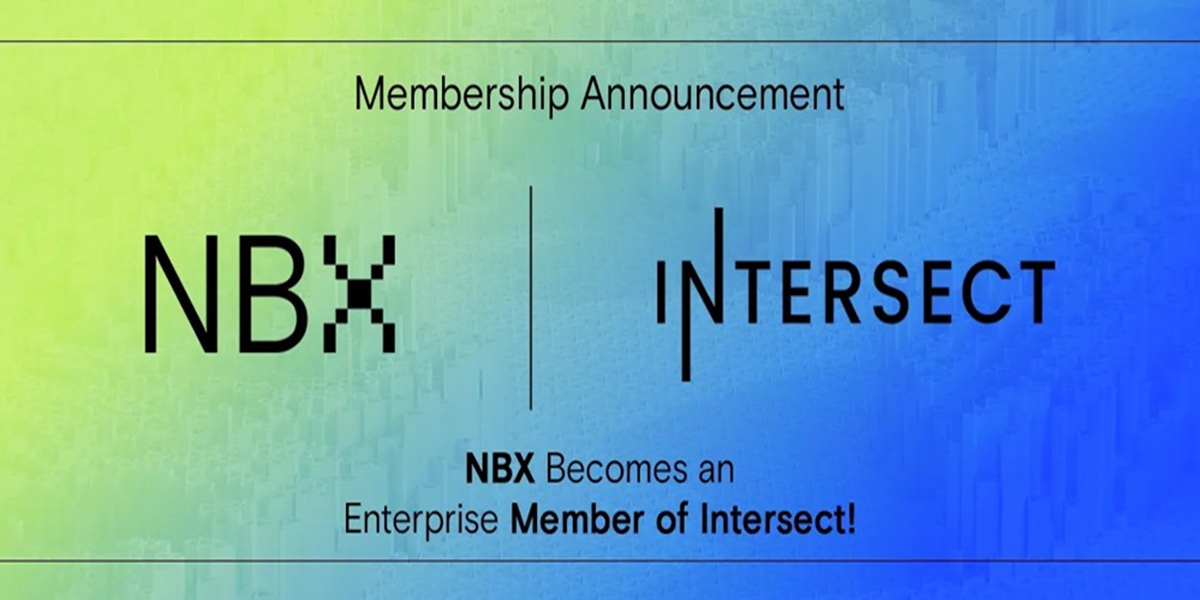Digital scarcity is the idea that a digitally native asset can be coded to have an immutably (permanently) limited supply. In the digital world, scarcity can be artificially created through techniques such as limiting the total supply of a digital asset, or by creating unique and non-fungible tokens (NFTs) that represent a one-of-a-kind asset.
In contrast to physical goods, where scarcity can be created through limitations on production, distribution, or availability, digital assets can be reproduced infinitely without any additional cost. This makes it challenging to create scarcity for digital goods. However, by using blockchain technology and smart contracts, it is possible to create digital scarcity and make digital assets valuable, unique, and tradeable. Though other digitally scarce assets exist today, Bitcoin pioneered the concept of digital scarcity by being limited to 21 million bitcoins in its code. This cemented digital scarcity as the crux of Bitcoin's value. Similarly, NFTs are unique digital assets that represent ownership of a one-of-a-kind item, such as digital art or collectibles, creating scarcity and value for the owner.
Digital scarcity and immutable, i.e., unalterable by humans, matters because it flips one of the central ideas of how money and assets should work on its head. Instead of allowing companies to issue more stock or national banks to issue more currency when they see fit, digital scarcity mandates that issuance must be preset.
Without this feature, Bitcoin would be just another currency or asset and wouldn't have inspired the creation of a cryptocurrency industry.
The article does not constitute financial advice.


